Amy Lawrence es la autora de la última biografía que ha salido sobre Montgomery Clift (ver post). En la web Advocate le hacen una entrevista:(English text)
Posted on Advocate.com July 13, 2010 The Most Beautiful Man in Film
Montgomery Clift has long been regarded a brilliant, influential actor and a closeted, tormented gay man. Now one of Hollywood’s most enigmatic stars gets a reappraisal.
Well remembered for the staggering effect his film performances in classics such as A Place in the Sun and From Here to Eternity had on post-World War II movie audiences, Montgomery Clift is equally known today as one of Hollywood’s greatest casualties. A mysterious, sensitive antidote to the blandly handsome bobby-soxer idols of the day, Clift ushered in a new, naturalistic style of acting, years before Marlon Brando and James Dean, who both worshipped him.
The camera adored him as well. Clift was described by one biographer as “having a face of impenetrable beauty,” and Elizabeth Taylor, his close friend and frequent costar, claimed her heart stopped the first time she saw him. After a near-fatal auto accident in 1956 ravaged his perfect face, Clift, now addicted to alcohol, painkillers, and, by some accounts, tormented by his closeted homosexuality, began a downward spiral that would last until his death at 45 in 1966. Marilyn Monroe, Clift’s costar in 1961’s The Misfits who was tortured by her own demons, famously called him “the only person I know who’s in worse shape than I am.” But in The Passion of Montgomery Clift (University of California Press, $24.95) Dartmouth film professor Amy Lawrence performs an academic autopsy on the late actor’s legacy and challenges the myth of Clift as the tortured, self-destructive film star. Lawrence discusses with The Advocate the reasons we’re still under the spell of the charismatic actor.
The Advocate: There are so many biographies of Montgomery Clift and numerous websites devoted to him. What was the biggest surprise you learned about him while researching your book?
Amy Lawrence: I was most impressed by Clift’s canny understanding of his own image. Many biographers depict him as refusing to participate in the Hollywood star system, but that didn’t mean he was ignorant of it. He understood how an actor’s image was built and maintained. In giving interviews or choosing roles, he knew exactly how to shape a performance to achieve the effect he wanted — and to resist the efforts of others to simplify a character. For instance, he was aware that screenwriters and directors often wanted to make the hero perfect; Clift wanted to make the character human, complicated, and not always admirable.
Clift is often spoken of in context as a “gay actor” or in conjunction with Marlon Brando and James Dean. What do you see as Clift’s singular legacy?
Brando and Dean both thought of Clift as singular. Brando saw Clift as his only major competition, and Dean saw him as a model, an ideal to emulate. Unlike those performers, Clift’s best work has not become dated. In Red River, From Here to Eternity, A Place in the Sun, I Confess, and half a dozen others, his performances are impeccable. At his best he is never mannered or predictable. His performances are subtle, intelligent, graceful, and deeply empathetic regardless of the character’s flaws.
Watch the trailer for A Place in the Sun below:
How did Clift’s being gay — or bisexual, as some suggest — when it was still taboo affect his drinking, drug taking, and ultimate downward spiral?
The homophobia of the time, which intensified nationally just as Clift’s career was beginning in the late 1940s and early ’50s, certainly exerted pressure on Clift. A serious relationship with choreographer Jerome Robbins in the ’40s threatened both their careers when Robbins was blackmailed into testifying before the House Un-American Activities Committee hearings regarding communists and other “subversives” in Washington and the entertainment community. I would be hesitant, though, to cast Clift as a “sad young man,” “self-loathing homosexual,” or fit him into any other category into which gay men were sorted from the 1950s to ’70s. Alcoholism affects everyone, and in the postwar period heavy drinking was routine across the board. By the time Clift’s drinking became full-blown alcoholism, it was impossible to disentangle from his devastating car accident, the prescription painkillers he needed at the time, and his professional fear regarding the damage done to his face. In the latter part of his career, his drinking and drug taking were so dominant in his life that he couldn’t function without them. Paradoxically, at the point when he worked with unsupportive or openly hostile homophobic producers and directors, the drugs and drinking sustained him as much as they destroyed him.
You write about the fan magazines of the 1950s that frequently used sexually suggestive headlines such as “Who Is Monty Kidding?” How well known was the truth about Clift’s sexuality during that era?
Clift worked in a period when fan magazines were challenged by scandal magazines, each promising “the truth” about stars’ private lives. Ironically, even the scandal rags did not want any “truth” firmly established because that would rob them of the chance to repeatedly tantalize readers with the next promised exposé. Biographical information suggests that people who worked with Clift always “knew” in exact proportion to what they wanted to know. Fans likewise. Everyone minimized the complexity of Clift’s emotional relationships — with men, older women, young women — in order to maintain the image of the actor that appealed to them most.
Clift with Elizabeth Taylor in A Place in the Sun
A recent article in Newsweek suggests audiences can’t accept gay actors as romantic leading men when we know the truth about their real-life sexuality and uses Rock Hudson as an example. How do you think this applies to Clift, who had such intense chemistry on-screen with Elizabeth Taylor and other actresses?
When audiences think they know something about an actor’s personal sexuality it becomes available as a touchstone to spectators watching a performance but is never mandatory. People judging a performance often appreciate it most the more it varies from what we think we know about the performer — casting against type, nice people playing psychos, beautiful actresses playing ugly. If we think of Clift as an actor, then his persuasiveness as a romantic lead opposite Taylor, Olivia de Havilland, or Jennifer Jones increases our appreciation of his skill as he seems to become inseparable from the role.
Another issue is history itself. As new generations are introduced to Clift and Hudson, they often react to the performers without knowing any biographical information about them. They are also less invested in “the truth” than those who experienced a change in their perception through revelations and the exposure of secrets. The freer sexuality of Brando or Dean, for instance, has not come to dominate their images.
How do you think Clift’s career would have progressed if he hadn’t been in the auto accident in 1956?
Although the accident had a major effect on him psychologically and physically as well as having an effect on audiences and their reading of his performances in relation to the accident, I believe his alcoholism would have continued and that his career would have been much the same. His drinking affected his work on the set of From Here to Eternity, which was shot in 1953, well before the accident. In the three-year break he took after that film his face began to show the puffiness and aging effects of alcohol abuse. When he returned to film for Raintree County in 1957, people would have been surprised by how he had aged if they hadn’t had the accident to blame it on.
Clift in 1961's Judgment at Nuremberg
How do you think Clift would have fared personally and professionally if he began his career today, with the intrusion of the Internet and paparazzi?
The intrusion of the media today is offset by the openness of some gay performers — though not romantic leading men just yet. As Tom Cruise’s career shows, it is possible to withstand rumors and media speculation if you have the power and the will to do so. Because Clift was never as closeted as Rock Hudson, I don’t believe he would fight terribly hard to maintain the illusion of offscreen heterosexuality. He might be more likely to take a Keanu Reeves approach, where the actor neither courts nor tries to dispel the fantasies of any fan. In several roles in the severely repressive 1950s he even courted audiences to read his characters — and maybe himself — as gay in the casually flirtatious scenes in Red River, the rejection of heterosexual relationships in I Confess, Suddenly, Last Summer, and Freud, the material on gay Army life that acts as a subtext throughout From Here to Eternity, and the relationship with Frank Sinatra’s character in the film.
Why does Clift continue to hold such a fascination for film buffs 44 years after his death?
Clift was a brilliant actor. His performances often seem completely natural and effortless. His complex performances of masculinity in films such as Red River, From Here to Eternity, The Misfits, A Place in the Sun, and The Heiress appeal to gay men and women as well as heterosexual men and women. Fans find in Clift everything from a romantic icon or sexual fantasy figure to a model of courage, commitment, and integrity. His characters are often simultaneously stoic and vulnerable, lithe, stubborn, and funny.
Watch Clift in a scene from From Here to Eternity below:

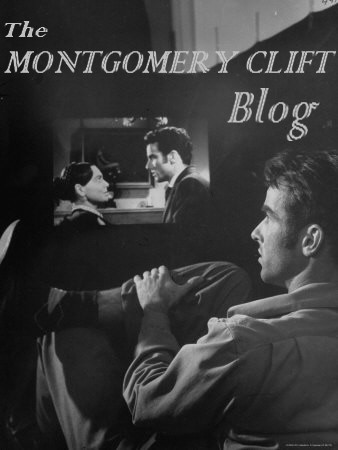










.-+albornoz+(4)+BLOG.jpg)
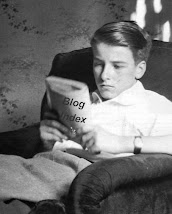
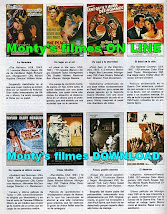


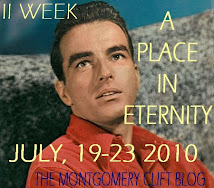










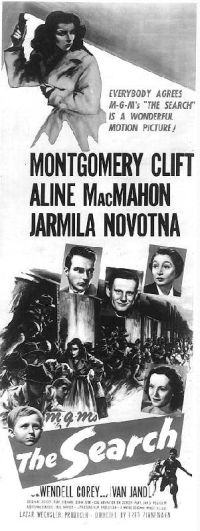

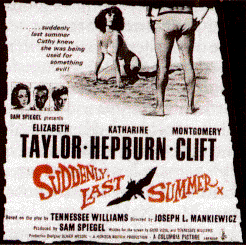


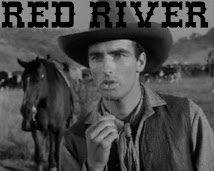
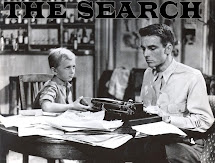

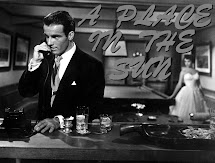2.jpg)
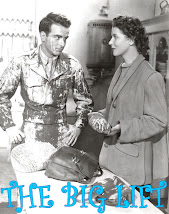.jpg)
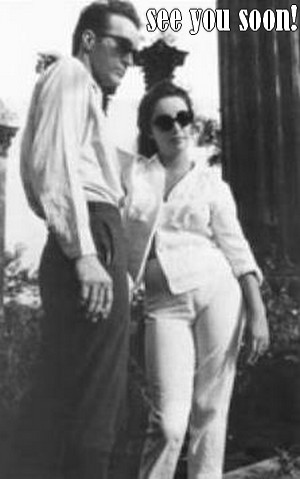

.jpg)

